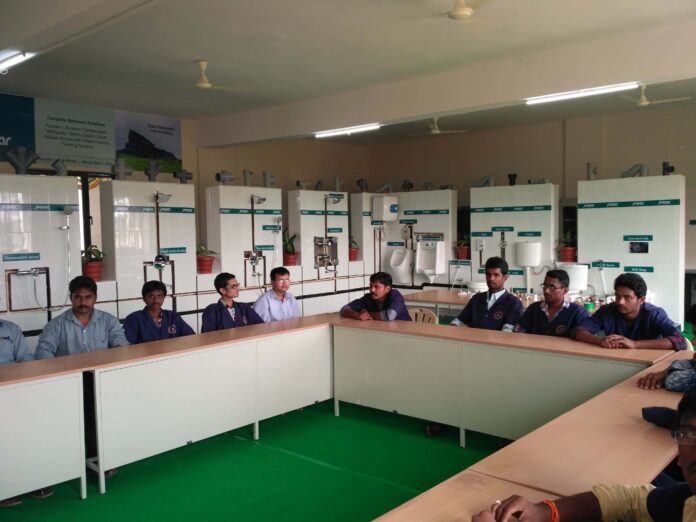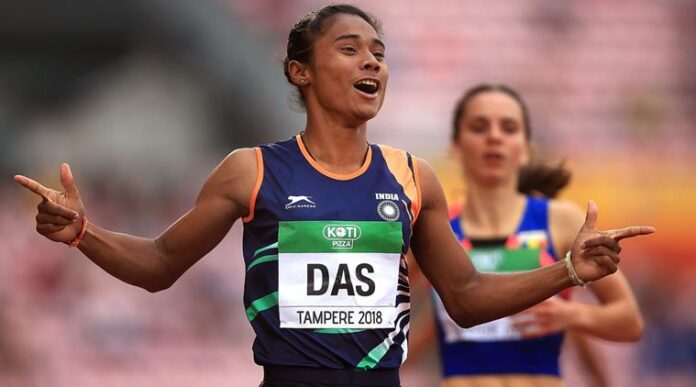It is rightly said that Justice delayed is equivalent to justice denied. And the justice system in India is denying justice to thousands of people in this manner.
India has one of the largest number of prisoners that are under trial. These prisoners are in jail not because they are guilty of a crime and are sentenced to jail but because the charges they face, are too severe to warrant bail, or because they are too poor or disempowered to be able to afford a bail.
The state of the mascots of justice in India is also not that good. According to the Law commission, 50 judges for a million people is a recommended standard for a judicial system to work smoothly. India currently has about 18 judges per million people. The investigation officers in India on an average handle 450 cases each. These officers are state cadres that do not have any formal training to be specialist investigators for any kinds of crime. India does not have any specialist investigators for terrorism, rapes or robberies. The same investigation officers manage all kinds of cases.
These conditions lead to a huge backdrop in the cases in court often leading the victims to not get justice till they die. Other times, the justice is granted years later when the significance of the crime has diminished or the criminal is too sick or on his deathbed, having lived his whole life in freedom without any conviction.
In terms of conviction India is not up to date. The country’s conviction laws are too outdated and are not based on any form of research. Many countries treat prisons as rehabilitation center where they attempt to change the criminals into responsible citizens. This way, after they are done serving their jail term, they can go back to civilisation and contribute to the society. This way, even if they are in jail for a long time, their caliber and talent is not wasted. In India though, all the prisoners are treated equally with not many resources available to them. The prisoners do not have many options available to them to pursue anything of their interest. And since they are not treated with any formal expertise, there is no assurance of them being any better when they return back to the society.
India really needs to buck up to strengthen its justice system. After all, access to justice for all is also one of the United Nations’ Sustainable Development Goals for 2030.
Thank you for reading the story until the very end. We appreciate the time you have given us. In addition, your thoughts and inputs will genuinely make a difference to us. Please do drop in a line and help us do better.
Regards,
The CSR Journal Team














